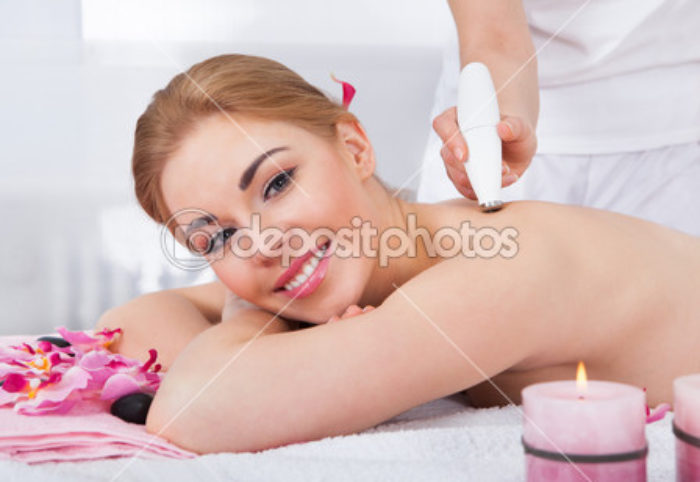Practice Safe Skin: Hydroquinone (Part I)
For over a quarter of a century, 4% hydroquinone has been the dermatological gold standard for topical treatment of pigmentation disorders ranging from melasma to photo-damage to post-inflammatory hyperpigmentation.
Hydroquinone works to correct, reduce, and prevent hyperpigmentation (dark spots) by inhibiting the activity of tyrosinase, the enzyme needed to make pigment. When tyrosinase activity is limited, production of pigment is decreased and the skin’s ability to break down existing pigment is increased. The result is the gradual bleaching of existing dark spots and the suppression of future dark spots.
While the outward effects of hydroquinone are cosmetic and it is generally treated as “skincare,” consumers tend to forget that it is a prescription medication and, as such, needs to be used under medical supervision. As with the medication we use to control blood pressure, treat infection, and manage diabetes, dosage, frequency of use, and duration of hydroquinone treatment are decisions that should be made under the direct guidance of your healthcare provider.
Long-term, self-directed treatment with hydroquinone (often purchased through internet pharmacies or skincare sites) can have disfiguring, life-altering, and most importantly, preventable side effects. Some of the most common adverse events stemming from unsupervised use of hydroquinone include:
- Resistance: overuse of 4% hydroquinone can cause the skin to become resistant to the bleaching effects. This generally occurs at the 4-5 month mark. Consumers notice that the medication is no longer working and discontinue use. Discontinuation without a proper “weaning” period can lead to rebound pigmentation—pigmentation actually becomes worse and can be further exacerbated by treatment with hydroquinone.
- Photosensitivity: some consumers choose to use hydroquinone indefinitely under the mistaken impression that it will prevent any and all future pigmentation. In actuality, this extended use decreases the amount of melanin (our body’s natural defense against the sun) in the skin creates photosensitivity. This photosensitivity accelerates UV damage and intensifies the signs of photoaging. Further, without daily use of an SPF 30 sunscreen, photosensitivity leads to inflammation, which, in turn, stimulates melanin production, resulting in the creation of more pigment.
- Exogenous Ochronosis: Exogenous Ochronosis (EO) is a pigmentary disorder caused by the unsupervised, long-term use of hydroquinone. The disease manifests itself in patches of blue-black pigment, localized to areas that have been both over-treated by hydroquinone and exposed to the sun. While EO is more prevalent in skin of color (Fitzpatrick types IV-VI), there has been an increase in documented cases among the Caucasian population which could be associated with the proliferation of online “pharmacies” and the rise of self-directed treatment. Numerous treatment modalities (e.g., steroids, retinoic acid, laser therapy, cryotherapy) have been proven clinically ineffective in reversing the signs and symptoms of EO.
As with any medication, serious side effects may arise from the misuse and abuse of hydroquinone. However, a properly supervised course of treatment can be safe and life-changing to those who have suffered the low self-esteem and social anxiety that can stem from pigmentary disorders.
Stay tuned for Part II, a discussion on the benefits of a pulsed hydroquinone regimen.
This series of posts is adapted from Obagi, Z. (2013). Taking the Pulse of Hydroquinone Therapy: A Plea for Caution. Practical Dermatology, 39-42.
- CATEGORY Articles


